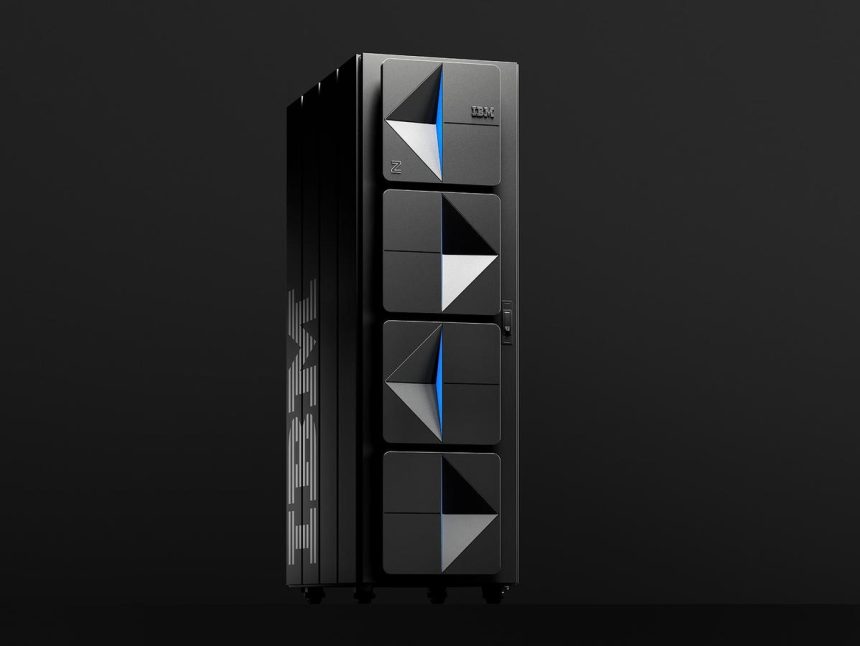-
_ibm_z17 Core Components and Performance:
IBM introduced the z17, featuring a powerful Telum II processor and AI acceleration hardware. This configuration allows enterprises to perform over 450 billion AI inferencing tasks daily at a millisecond latency, a significant leap from previous generations. -
AI Integration and Scalability:
The z17 integrates generative AI into mainframe capabilities. A promising extension is the Spyre Accelerator, intended for Q4 2025, which supports large language models by eliminating the need for external GPUs. -
Enterprise-AI Overview:
Businesses benefit from on-premises AI workloads, reducing data silo complexities and enhancing operational efficiency. Integration with watsonx platforms aids legacy COBOL systems, speeding up code maintenance and improving consistency. -
Performance Enhancements:
z/OS 3.2 and IBM Z Operations Unite improve hybrid cloud integration and observability. The new Vault security system offers unified identity-based security across mainframe and hybrid environments, bolstering mission-critical security. -
Mainframe’s可持续 Impact:
IBM highlights the z17’s relevance in industries like banking, healthcare, and government, where uptime and data security are critical. Companies are adapting to cloud costs and privacy concerns, favoring the mainframe as a resilient, managed infrastructure choice. - Future Ready AI-Driven Platform:
By enabling AI on-premises, IBM reduces off-premises data reliance and addresses GPU shortages. The z17 supports hybrid cloud solutions through Red Hat OpenShift, enhancing its versatility and adoption as a key ecosystem tool.
Conclusion: The IBM z17 is revolutionizing AI integration within enterprises, offering on-premises autonomy and enhanced security, thereby becoming a strategic choice amid evolving tech landscapes.



